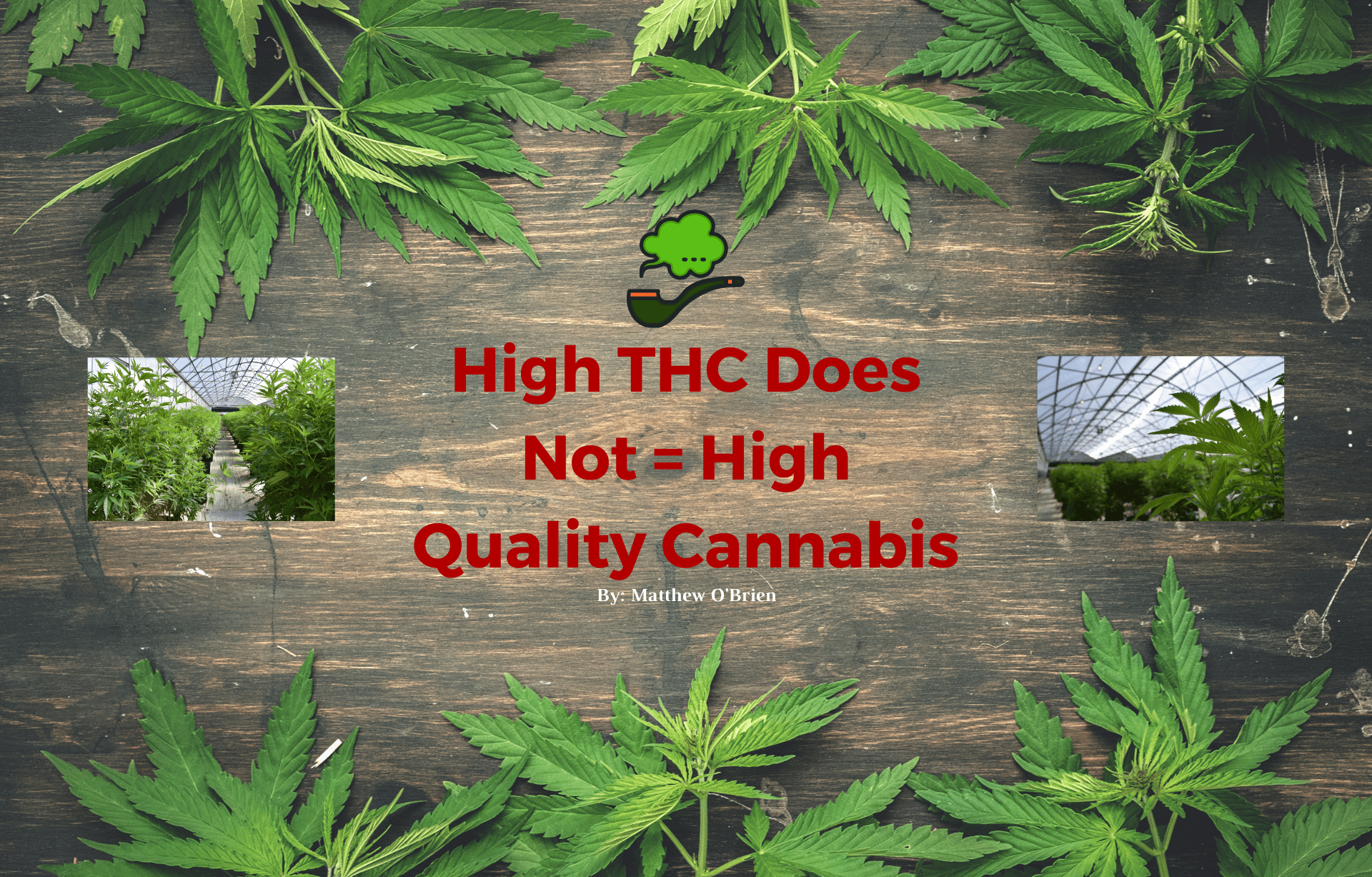
One of the biggest myths in the modern cannabis industry is that the strongest products are the best products—but the best for who?
When I worked as a budtender, we did not have access to the THC percentages for the majority of the products we stocked, with the possible exception of capsules and oils.
What we did have, however, was the opportunity to allow customers to smell the various cannabis products we sold—something that is no longer permitted here in Canada, as every product is sealed and cannot be opened until it has been purchased.
If ever a customer was unsure about which type of flower to purchase, I would explain to them how the aroma of each cannabis strain (cultivar) was largely responsible for determining how that strain would affect them.
If they were unsure, I would often suggest that they go with the product that had the most appealing aroma.
This was—and still is—my approach to explaining cannabis terpene profiles to consumers without having to dive into the complexity of the chemistry and pharmacokinetics of cannabis.
What works for me probably won’t work for you…
In spite of working in a cannabis retail store, whereby every product available was labeled as either an Indica, Sativa, or Hybrid, I decided to disregard this information and instead educate my customers about what I was learning about cannabis during my days off.
The primary piece of information I was seeking to communicate to customers was that cannabis affects us all differently, and what works for me probably won’t work for you.
Up until this point, every customer who purchased cannabis in my store was provided the one-size-fitsall formula: Indica, Sativa, or Hybrid?
If ever a customer was unsure about what these terms meant, one of my coworkers would gladly explain to them that every Indica product would make them feel relaxed, every Sativa product would make them feel energized, and that Hybrids would make them feel somewhere in between.
In reality, these terms are based on the leaf structure of cannabis plants, yet they are currently presented to consumers in terms of how products will affect them.
Although the idea that cannabis affects us all differently came into direct conflict with the terms that we as an industry have used to define and categorize quite literally every cannabis product sold for decades, I was pleasantly surprised by how receptive many customers were to this idea.
In hindsight, this was one of the most important decisions I made during my time in the cannabis industry, allowing me to forge a new type of relationship with customers: one based on trust and transparency.
Putting myself in a position whereby I could have an honest conversation with a customer would, in turn, go on to attract much resentment from my store manager, however, it was exactly what I needed to do to advance in the industry.
From this moment onwards, instead of having customers ask me which products would produce a specific effect or outcome, we would work together to find the products that would best meet their needs – I know crazy?
The aim of my approach was to create realistic expectations with customers in terms of how accurate the product recommendations I provided would be, however, I soon realized that beyond the subjective nature of the effects cannabis products produce, the entire definition of a high-quality cannabis product was highly subjective.
If I had been asked to define what a high-quality cannabis product consisted of, I would have told you that it was a product with an equal ratio of CBD/THC that would ideally help me focus.
If you asked one of my coworkers, I suspect a majority would have chosen “White Death,” as it was the strongest product we carried, and given their high tolerances to THC, this was the best product for them.
If you had asked the customers I was serving this same question, many would have chosen much lowerpotency products to ensure that they didn’t get too anxious or ended up spending the rest of their evening in their own head.
The strongest cannabis is not always the best cannabis.
My biggest takeaway from this experience has been that there are likely as many reasons for consuming cannabis as there are cannabis consumers.
From this, if I could provide a single piece of advice to anyone in a position to educate consumers – it would be to take the time to understand the needs of the customer you’re serving as opposed to recommending products that satisfy your own needs.
I know better than most that this is far easier said than done; however, if the end goal is to help as many people as is possible to integrate the consumption of cannabis into their lives, then I am personally still waiting to discover a better approach.